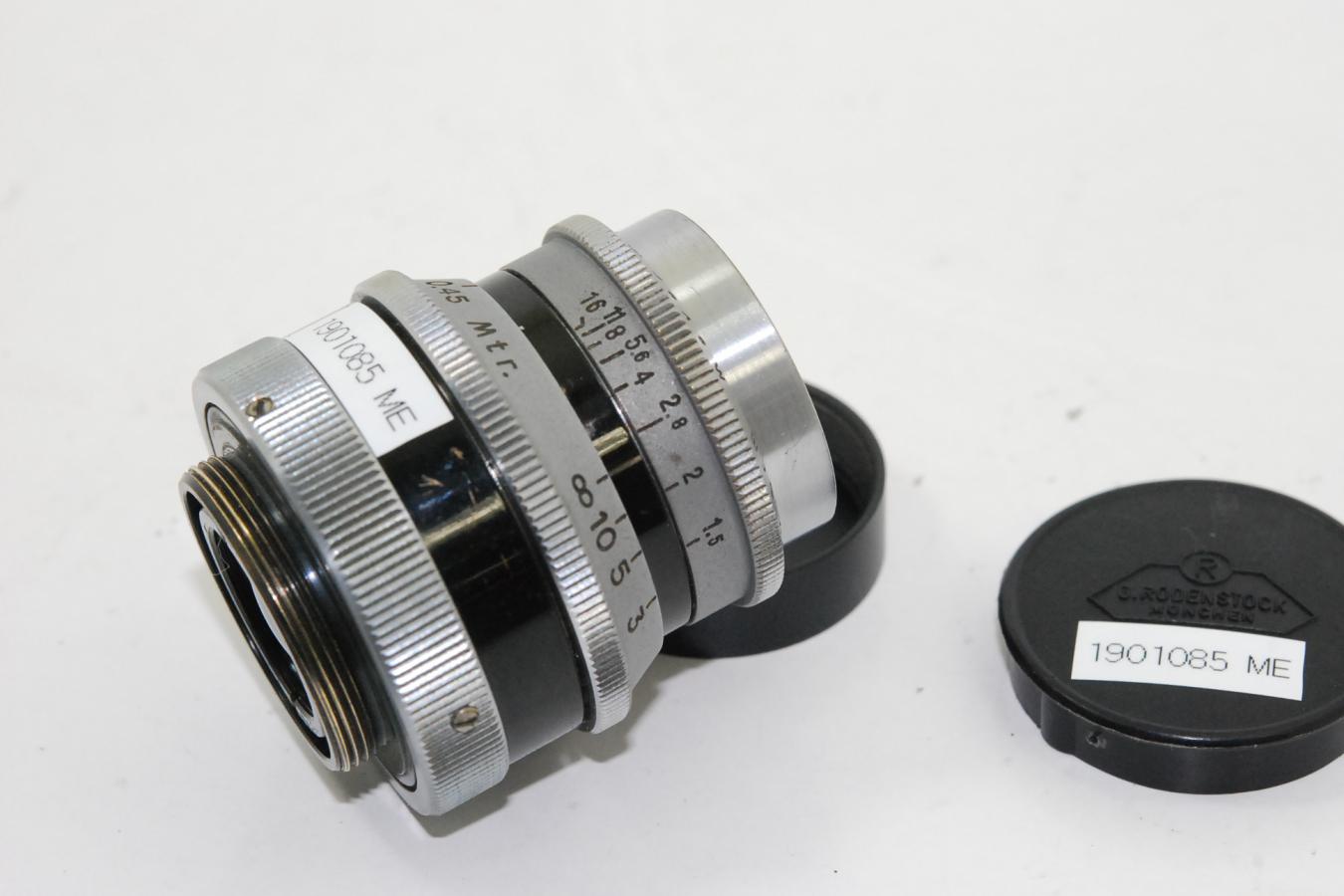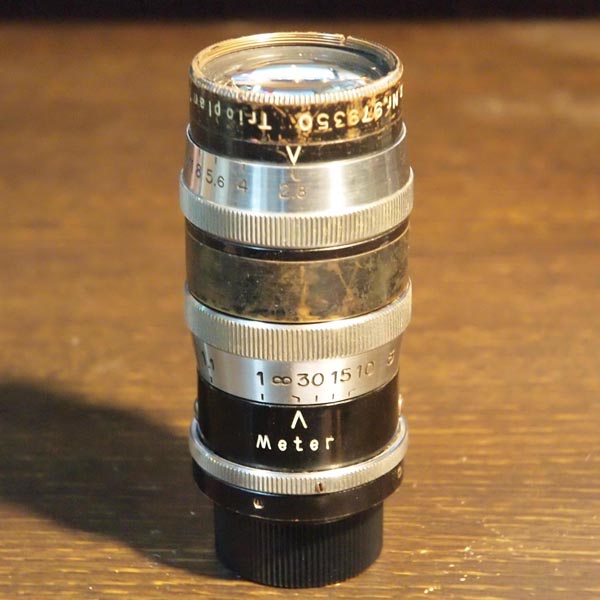


Wide open it covers 16x21cm, stopped down 27x36cm. The lens has been tested on Sony A7R IV with incredible rendering Good condition, lens has light haze and few micro scratches. I have a copy of a Meyer brochure from the 1930's at home and will check on this specific lens (coverage). Will, your f/4 270mm Double Plasmat was advertised as a 'universal anastigmat' by Meyer, for portraits, sports and children photography etc. There were different series of plasmats available, some convertible, some not. (Other lenses with focal lengths from 25mm (1 inch) to 65mm (2.
HUGO MEYER 25MM F1.5 FULL
just a hand full of lenses with such large aperture have been produced. Projection lenses were similar to previous models, normally a Hugo-Meyer 40mm f1.6 was supplied these were in a 25mm mount as before. Dr Rudolph Hugo Meyer Kinoplasmat 1.5 / 25mm lens Maarten JJCanon TV-16 25mm 1:0.78, Ultra fast C-mount lens This Canon lens has a remarkable large aperture of 1:0.78.

HUGO MEYER 25MM F1.5 UPGRADE
The company ceased to exist in 1991, following the German unification. The DA/37 boasted an upgrade to a 400 watt lamp with an improved cooling fan. They continued making LF lenses into the 1950's, but not the Plasmat. After WW II, they were nationalized by the GDR and later absorbed ito the communist VEB Pentacon conglomerate. Hugo Meyer was an old company, other lenses were the Trioplan ( a triplet for portraits) and the wide angle Aristostigmat. Rudolph who had worked for Zeiss before WW I, where he designed the Protar, Planar, and Tessar lenses, among others. The Plasmat was made by the company Hugo Meyer in Görlitz (Görlitz is now located at the German-Polish border) between the two World Wars. Paul Rudolph, the inventor of Zeiss Tessar and Protar, developed Meyers Double Plasmat and in the 1920s he developed fast variants, the Kino-Plasmat f/2 and the Worlds fastest lens of its time, the Kino-Plasmat f/1. You will often see the term "Plasmat-type" when talking about these lenses, and this is the one that gave it the name, with 6 lens elements in 4 groups, the twom outer lens elements on each side being cemented. Weit winkel Aristostigmat 1:9 F27cm Hugo Meyer & Co Gorlitz Nr403603. 35mm f4.5 Primagon Exakta, 35mm, ENNA 28mm f3.5 Exakta, 22000 Bessamatic CS, Kodak Retina Reflex III, IV. Meyer was a German optical company, founded by Hugo Meyer (born, died ) in Görlitz, east Germany In 1918 Dr. This is the forerunner of most modern LF lenses, such as Schneiders Symmar (from 1952 on), Symmar-S, Apo-Symmar, Apo Symmar L, Rodenstocks Sironar and Apo-Sironar series the Nikkor-W series, the Fujinon W, and others.


 0 kommentar(er)
0 kommentar(er)
